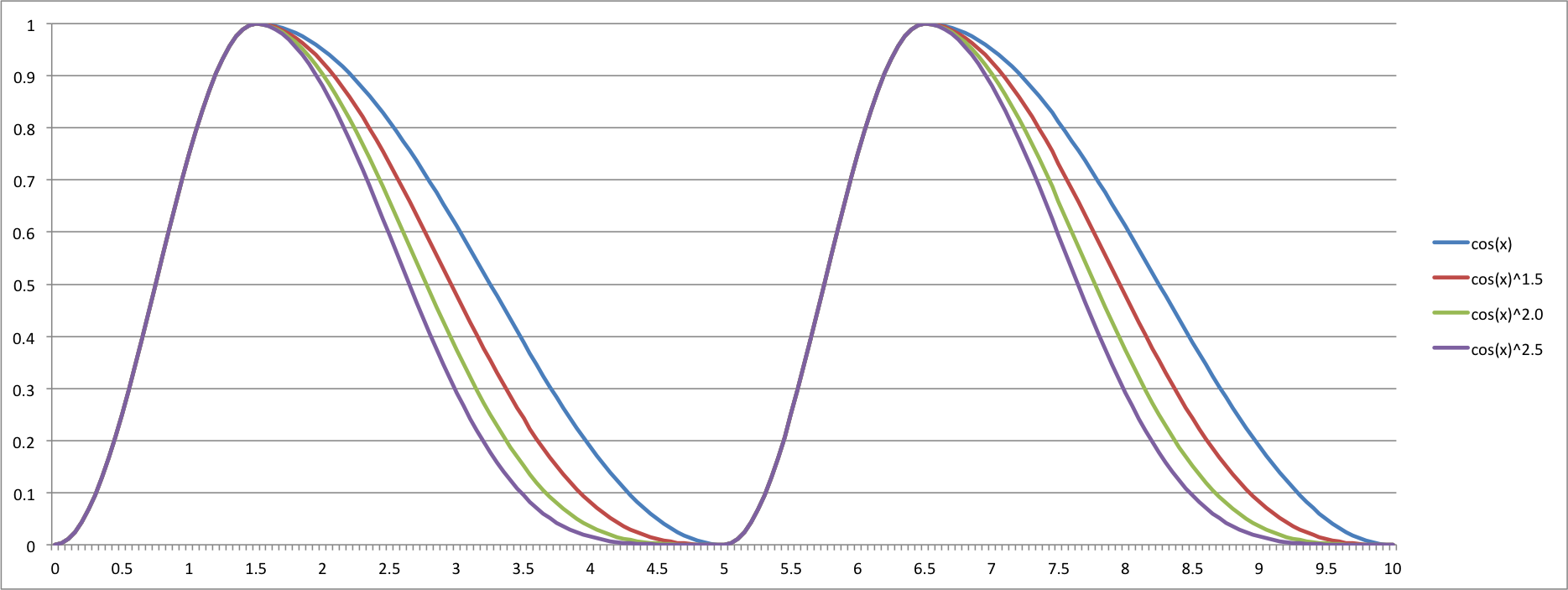- Joined
- May 27, 2012
- Messages
- 759
- Motherboard
- DQ77KB
- CPU
- i7-3770S
- Graphics
- HD4000
- Mac
- Mobile Phone
Part 20 - Temp Inputs
My original design called for two TMP36 temperature sensors, to monitor and control fan speeds. I Tested this over the last few days, and basically couldn't get it to work, temperatures were all over the place.
The solution was to replace the sensors with DS18b20 sensors, the major difference between these two sensors is that instead of an analog voltage output, the DS18b20 has a one wire serial bus. Physically both sensors look identical, like small three pin (Vcc, Gnd, Signal) transistors.
Thus the change to my SMC board was simple, just route the Signal pins of the three pin header sockets to a single digital pin (and include 4k7 pull-up resistor), rather than two analog pins, and finally change the software.
So now have fan control based on temperature differential between sensor mounted at the bottom of the case near an air inlet, and top mounted sensor near intake of the main exhaust fan. Temps register about a 6 degree differential when system is idle.
NOTE: This change was made in a REV 1.3 to the board design which can be found in the Bill of Materials here
https://github.com/kiwisincebirth/iMacG5
Startup Chime
My original design was to use the ISD 1820 voice recorder module to provide a startup chime, I based this on other reports (on this forum) of its use.
The module is not fit for my purpose, the quality of the recording is very poor and the internal amplifier provides very little volume. My bad for not testing it upfront. I have dropped it from my build, it was a nice to have anyway. . .*
Kiwi
My original design called for two TMP36 temperature sensors, to monitor and control fan speeds. I Tested this over the last few days, and basically couldn't get it to work, temperatures were all over the place.
The solution was to replace the sensors with DS18b20 sensors, the major difference between these two sensors is that instead of an analog voltage output, the DS18b20 has a one wire serial bus. Physically both sensors look identical, like small three pin (Vcc, Gnd, Signal) transistors.
Thus the change to my SMC board was simple, just route the Signal pins of the three pin header sockets to a single digital pin (and include 4k7 pull-up resistor), rather than two analog pins, and finally change the software.
So now have fan control based on temperature differential between sensor mounted at the bottom of the case near an air inlet, and top mounted sensor near intake of the main exhaust fan. Temps register about a 6 degree differential when system is idle.
NOTE: This change was made in a REV 1.3 to the board design which can be found in the Bill of Materials here
https://github.com/kiwisincebirth/iMacG5
Startup Chime
My original design was to use the ISD 1820 voice recorder module to provide a startup chime, I based this on other reports (on this forum) of its use.
The module is not fit for my purpose, the quality of the recording is very poor and the internal amplifier provides very little volume. My bad for not testing it upfront. I have dropped it from my build, it was a nice to have anyway. . .*
Kiwi





